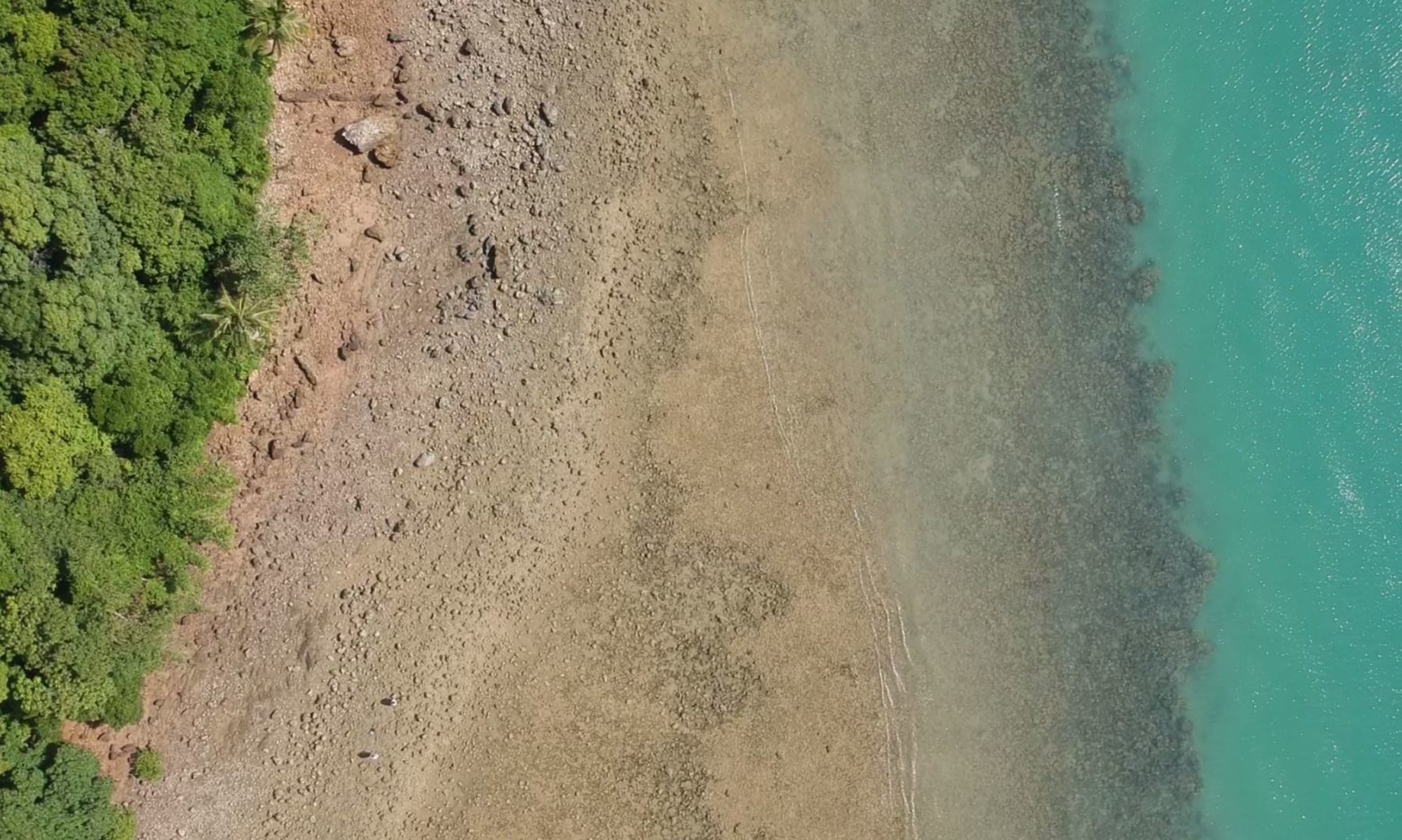This project has been performed in the premises of Dinacon (KohLon, Thailand), Harakka island and the Maj & Thor Nestling Foundation pop-up work space (Helsinki, Finland)
A biomimetic case discovered by Biomimeticx2 (Päivi Maunu and Marko Nykänen) at DiNaCon, KohLon June 2018
We have revealed flying tropical carpenter’s bee (Xylocopa latipes) expressing the prominent phenotype with shiny metallic bluish green wings. The ultrastructure of the wings provide vital opportunities for the insect to persist successfully within its niche. Its ultrastructure encompasses meshwork of intercalating, longitudinally and horizontally traversing, cytoskeletal fibers. Those provide structurally and efficiently ingenious resolutions for survival in the most challenging climate and environment.
The erudite ultrastructure of the wing counterparts analogously with the ultrastructural cytoarchitecture of the brush border (i.e. terminal web) in the apical part of human airway epithelial cell, where comparable meshwork of intercalating cytoskeletal fibers occur as in the wings of Xylocopa latipes. On the basis of these ultrastructural cytoarchitectural specifics, we were able to comprise a biomimetic resolution where the crucial ultrastructural cytoarchitecture enables efficacious survival both for the tropical carpenter’s bee and human epithelial cell.
However, architectural establishments like the pillar of the Greek temple built by humans, have not been as efficacious persisting in natural extreme circumstances like the pillar cell in the Corti’s organ of human inner ear. The cell is able to endure intense vibrational forces within the cochlea. Also the pillar cell has the homologous and analogous ultrastructural cytoarchitecture to the human epithelial brush border and cytoskeletal meshwork in the wings of Xylocopa. See the similar pattern of ultrastructural cytoskeletal elements in the micrographs captivated by transmission electron microscope (the counterpart images).
Human cultural evolution could not be able to cater the refined flexible and durable architecture as the natural evolution has done. Thus, the comprised biomimetic resolution provides an intriguing and encouraging option to tackle more fruitfully with the dramatic challenges associated with the global climate change, e.g. superstorms.
The source image displays tropical carpenter’s bee (Xylocopa latipes)
The dorsal part of insect’s left wing is exhibited in the magnification.
The counterpart figure portrays vertically traversing cytoskeletal microfibers associated with the cytoskeletal meshwork (the terminal web i.e. brush border) in the apical part of human airway epithelial cell (pseudocolored transmission electron micrograph of freeze-fractured replica coated with platinum/carbon, magnification x 120,000).
The source image reveals the pillar at the temple of Olympian Zeus (Athens, Greece) and its counterpart, the pillar cell, discovered in the human inner ear cochlea (in the Corti’s organ). The pillar cell has a giant desmosome analogous to the helix below the architrave of the temple pillar, and the cannelures in the pillar portray visual resemblance to vertically traversing cytoskeletal fibers in the pillar cell. The scale bars show remarkable discrepancy expressed here as kilometers. The pillar cell in Corti’s organ is over 330,000 times shorter and a million times thinner than the temple pillar (transmission electron micrograph, magnification x 90,000).
The Harakka island is displayed in the Winter. The macroworld image pairs (i.e. KohLon in the Summer and Harakka in the opposed season) imitate analogously the extremes in the measures that has also been depicted between the image pairs (the source and counterpart images).
Still during late March, it was possible to walk on the intact ice from mainland to the island….
… However, already in April, the ice was melting away and isolating the island.
Flyer for DiNaCon Extension, Visual Art Exhibition in Harakka island.
Visual Art Exhibition, Dinacon Extension, was arranged June 12-17 immediately after landing of our flight very early morning at Helsinki back from Thailand.
Snapshots from DiNaCon

































